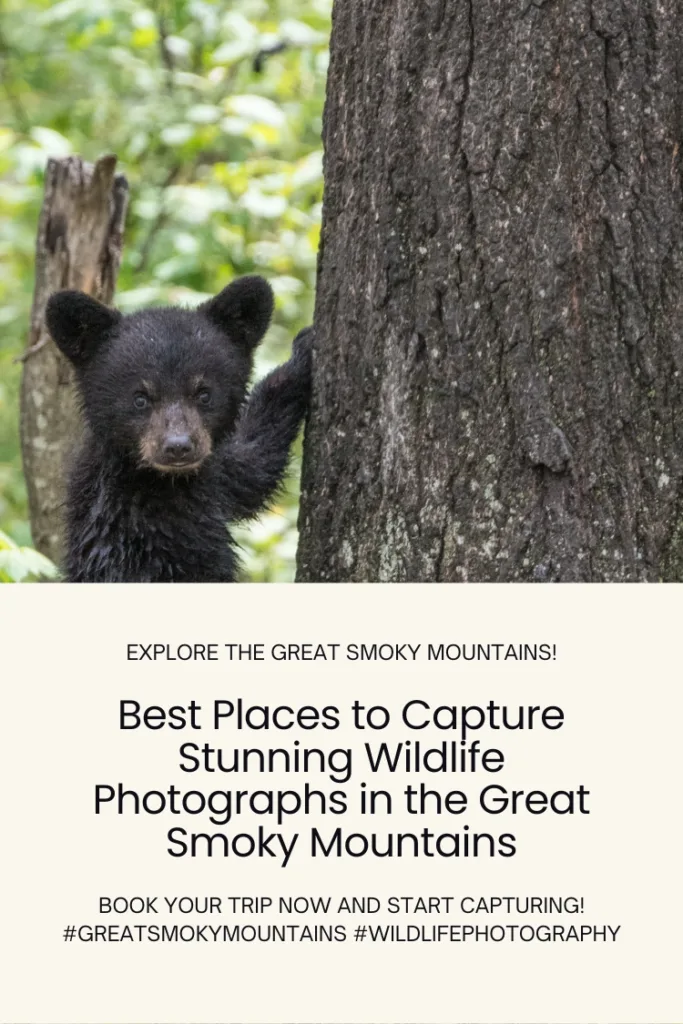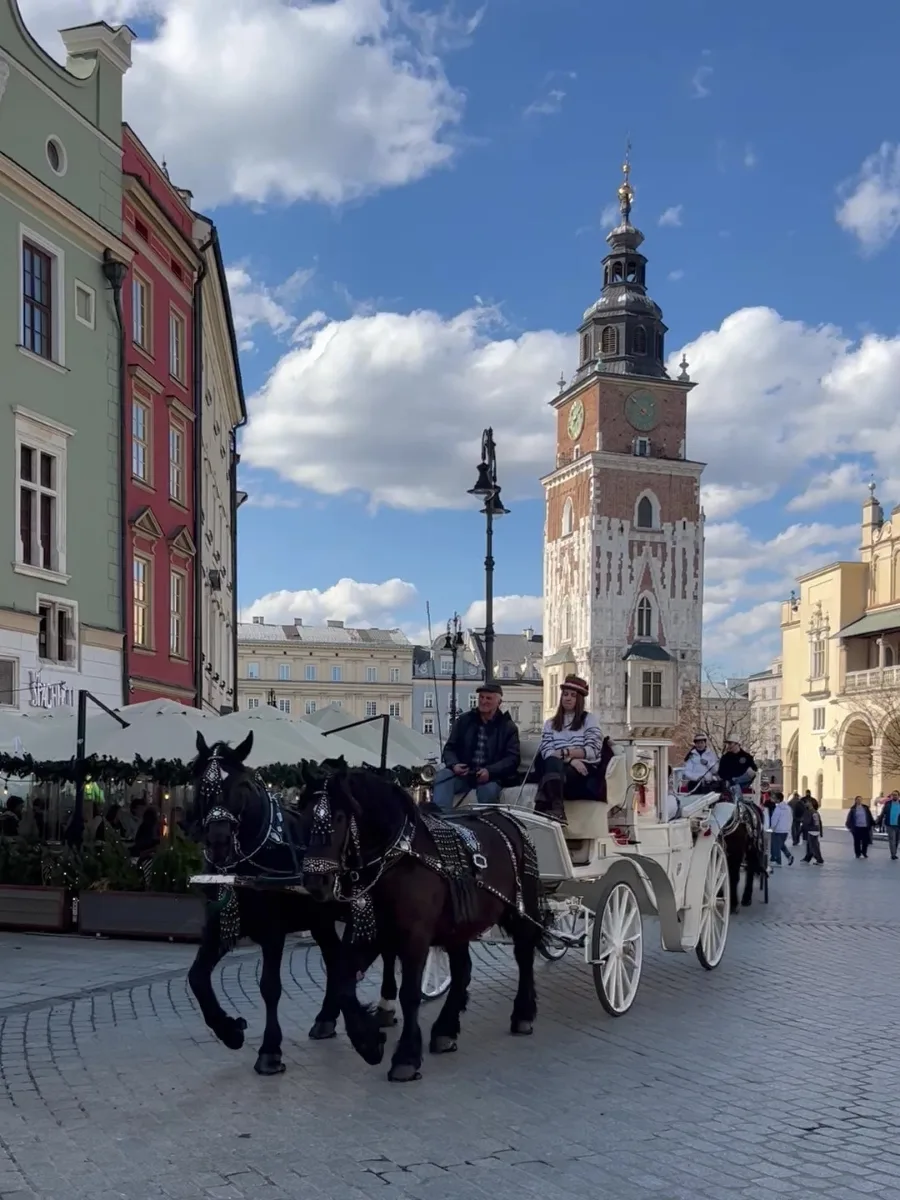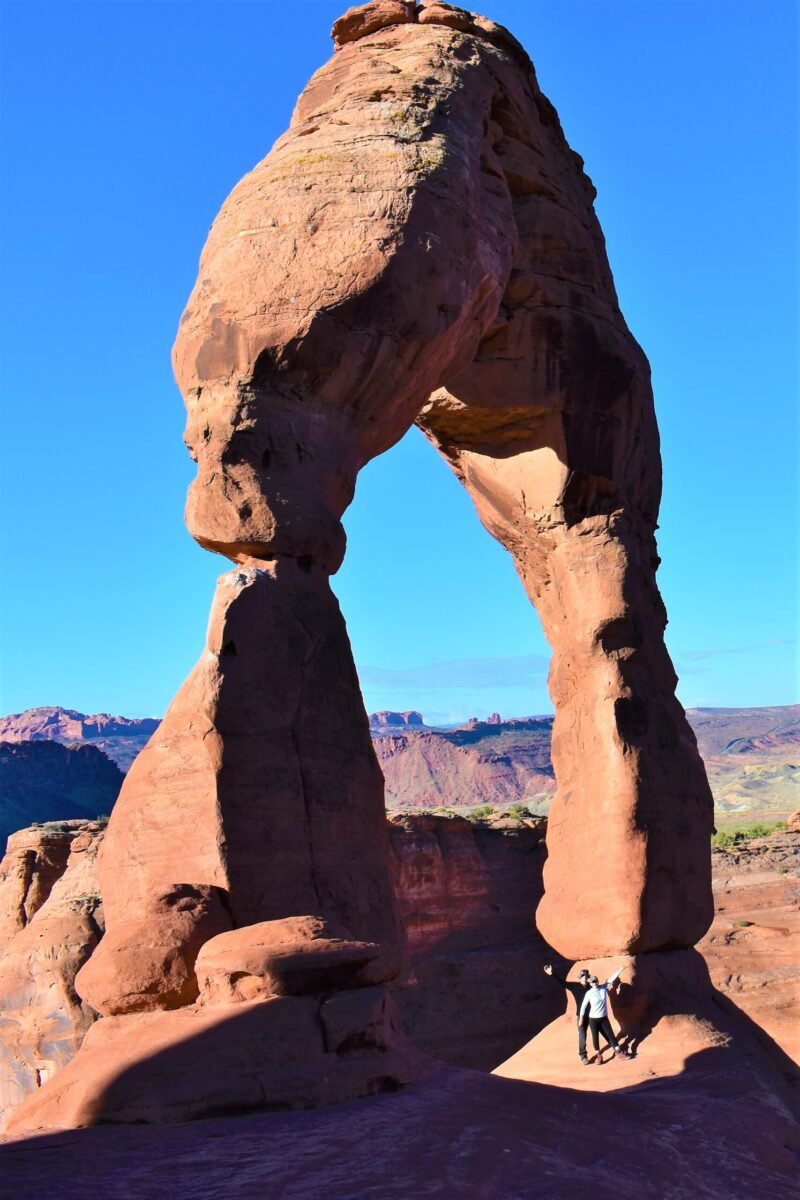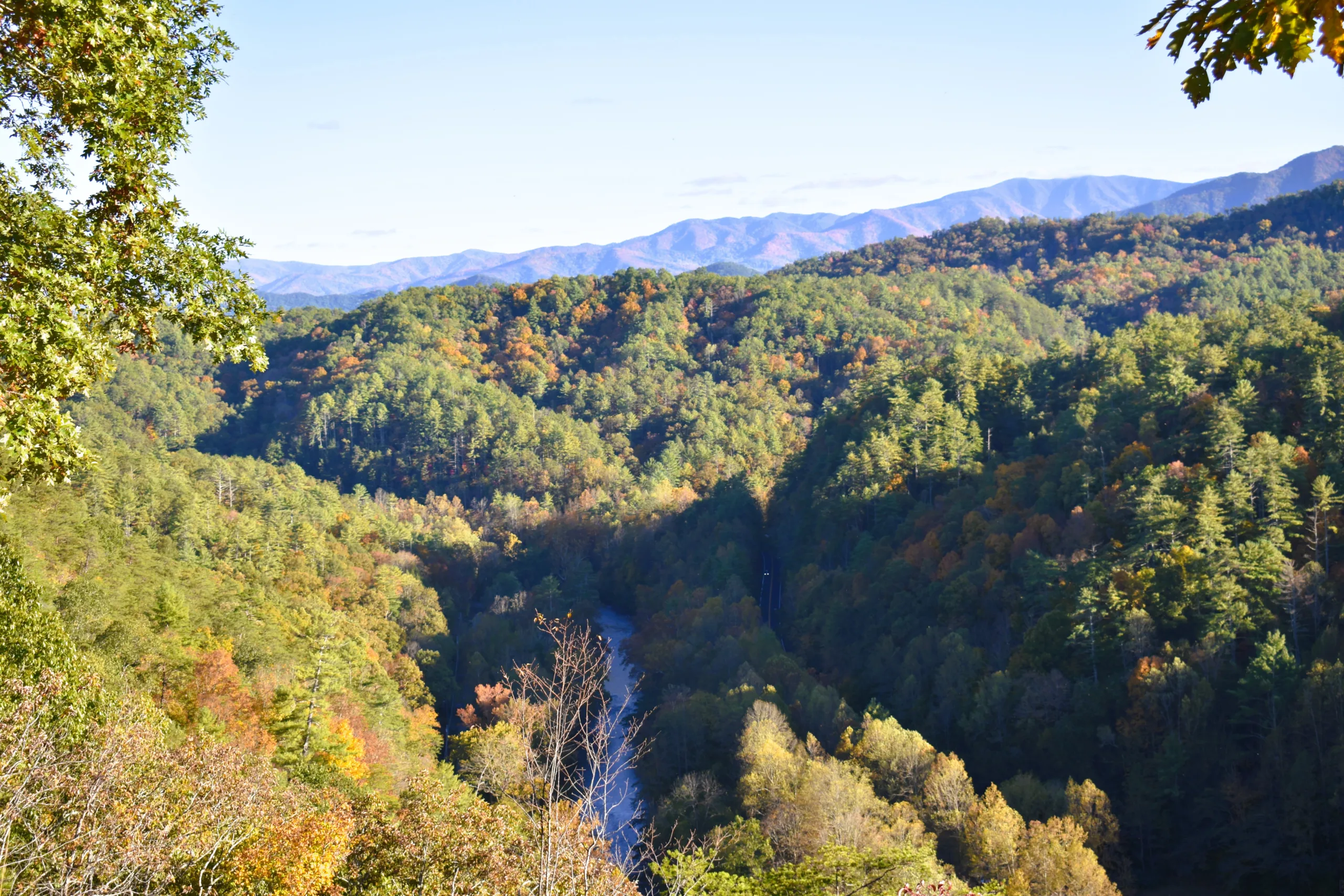Best Places to Capture Stunning Wildlife Photographs in the Great Smoky Mountains
The Great Smoky Mountains National Park is a haven for nature enthusiasts and photographers alike, offering breathtaking landscapes and a diverse range of wildlife. If you’re an avid wildlife photographer looking to capture stunning images of wild animals, you’re in luck. The park is home to a rich variety of species, providing ample opportunities to capture memorable shots. In this article, we will explore some of the best places to take wild animal pictures in the Great Smoky Mountains National Park.
This post may contain affiliate links
1. Cades Cove:


Cades Cove is a must-visit location for any wildlife photographer. This picturesque valley is known for its abundant wildlife, including white-tailed deer, black bears, wild turkeys, and coyotes. The best time to spot these animals is during the early morning or late evening hours when they are most active. Be sure to bring a telephoto lens to capture close-up shots without disturbing the animals.
Related: 7 Best Scenic Drives in the Great Smoky Mountains (prohealthylife.org)
2. Cataloochee Valley:
Located in the northeastern part of the park, Cataloochee Valley offers a unique opportunity to photograph elk in their natural habitat. The elk were reintroduced to the park in 2001 and have since thrived, providing photographers with incredible photo opportunities. The best time to photograph elk is during the fall rutting season, when the males display their impressive antlers and engage in dramatic mating rituals.
3. Roaring Fork Motor Nature Trail:
The Roaring Fork Motor Nature Trail is a scenic drive that winds through lush forests and alongside rushing mountain streams. This area is known for its abundance of black bears, making it an ideal spot for wildlife photography. Take your time driving along the trail and keep a lookout for bears feeding on berries or climbing trees. Remember to maintain a safe distance and never approach or disturb the animals.
Related: Best Hikes in the Great Smoky Mountains National Park (prohealthylife.org)
4. Clingmans Dome:

Clingmans Dome is the highest point in the Great Smoky Mountains National Park and offers panoramic views of the surrounding mountains. While it may not be a traditional wildlife photography spot, the elevated vantage point provides an excellent opportunity to capture birds of prey in flight. Look for hawks, falcons, and eagles soaring above the mountain ridges. A telephoto lens with a fast shutter speed will help you capture these majestic birds in action.
Related: 8 Best Views in Great Smoky Mountains National Park (prohealthylife.org)
5. Oconaluftee River Trail:
The Oconaluftee River Trail is a scenic walking trail that follows the banks of the Oconaluftee River. This tranquil setting is home to a variety of wildlife, including river otters, beavers, and waterfowl. The trail offers multiple viewpoints and benches where you can set up your camera and wait for the perfect shot. Patience is key when photographing wildlife, so take your time and enjoy the peaceful surroundings.
6. Little River Road:

Little River Road runs parallel to the Little River and is a popular spot for both wildlife viewing and photography. The river attracts a wide range of animals, including otters, turkeys, and various species of fish. The best time to capture wildlife along this road is early in the morning or late in the evening when the animals are most active. Keep an eye out for any movement near the riverbanks or in the water.
In conclusion, the Great Smoky Mountains National Park offers an abundance of opportunities for wildlife photography. Whether you’re capturing the majesty of a black bear, the grace of an elk, or the soaring flight of a bird of prey, these locations provide the perfect backdrop for stunning wildlife photographs. So grab your camera, pack your gear, and head out to these best places in the park to capture unforgettable images of wild animals in their natural habitat.






